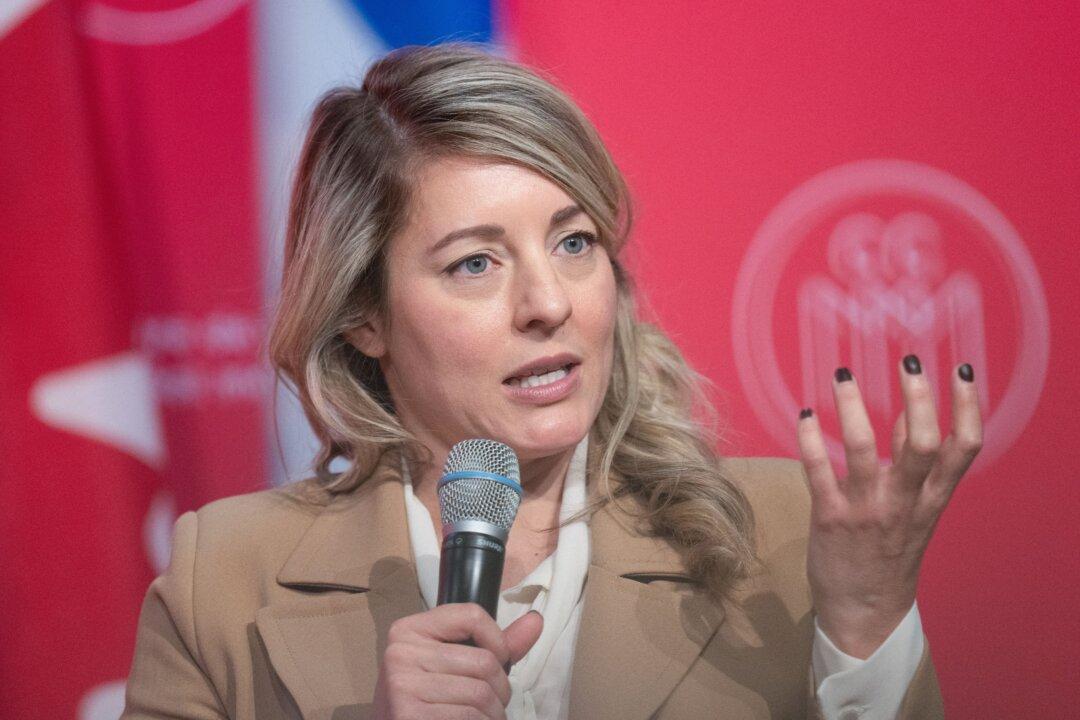The federal government is investing nearly $1 billion in a dental care program for children under the age of 12 from uninsured families.
Households with an annual net income under $70,000 would be provided $650 per eligible child, while families that make between $70,000 and $79,999 would receive $390 per child. Households with income between $80,000 and $89,999 would be provided $260 per child.
An estimated 500,000 Canadian children would benefit from this program, said Health Minister Jean-Yves Duclos, with the investment totalling up to $938 million.
Duclos noted that the dental care benefit “is not a national program,” which is one of three aspects to be modified in the future as the government pushes for a longer-term dental care program. Another issue would be to extend eligibility to all children under 18, people with disabilities, and seniors by the end of 2023. Duclos said the government will also improve collaboration with provinces and territories.
“This interim Canada dental benefit is just a start. While this temporary benefit is in place, our government will be taking the necessary steps to build a comprehensive, longer-term dental care program,” he said.
‘Not an Inflationary Move’
The dental care program was one of two pieces of legislation on relief measures introduced on Sept. 20. Cabinet members also announced a one-time payment of $500 to 1.8 million Canadian renters who are struggling with the cost of housing.Minister of Tourism Randy Boissonnault retorted to remarks from Conservative Leader Pierre Poilievre, who said earlier in the day that the measures introduced on Sept. 20 were inflationary spending.
Boissonnault further defended the proposed benefit programs when asked how they are not inflationary when the programs aim at “giving people more money.”
“We’ve been very prudent as a government to make sure that we’re targeting the supports to people who need it the most. And as leading economists have pointed out, these supports are going to go to those people for whom, looking and having to deal with rising costs and inflation, they don’t have savings to go into. And so that’s how we know that this is not an inflationary move,” Boissonnault said.
“We’re talking about $3.2 billion in new spending against a whole economy that’s about [$]2.6 to 2.7 trillion,” he said. “This is like throwing a stone in the lake, the lake doesn’t flood.”





